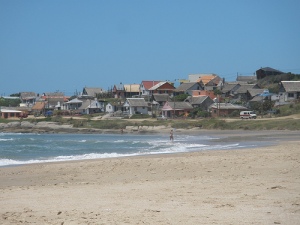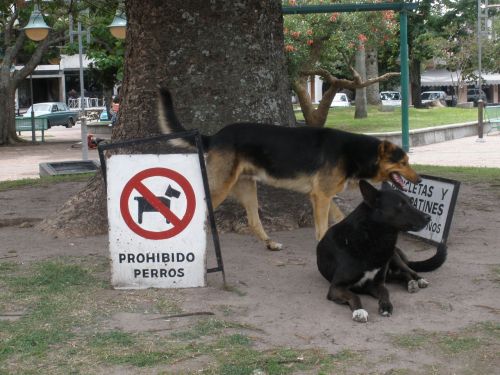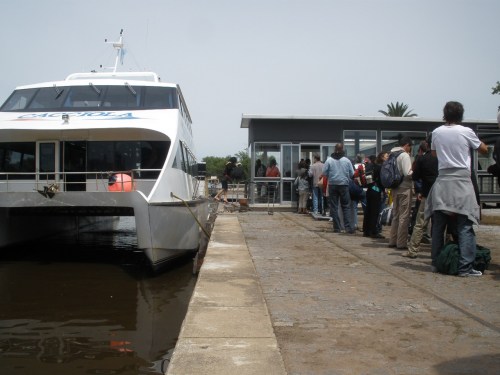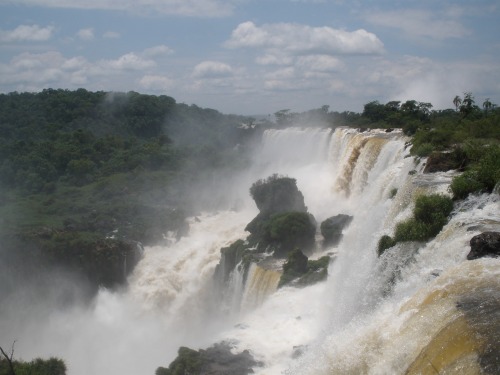
Los Colorados at Peña Los Cardones
They don’t call it the coolest city on the continent for no reason. Buenos Aires never sleeps. Restaurants don’t open their doors until around 8pm and even then most people don’t show up for dinner until after 10. Dinner winds down around midnight, by 2am everyone is headed out to the bars and clubs and that’s where they’ll stay, dancing until the following morning. The Palermo neighborhood of the city is home to some of the trendiest restaurants and hippest nightlife in all of Buenos Aires.
Argent ines love mate, wine and meat. Buenos Aires is famous for its parrillas, or steakhouses, and you can find one on just about every corner. Since no visit to the city is complete without a steak dinner and night out on the town, we headed out this past Friday to sample some of the nightlife. First to Lo de Jesus for a late dinner and then out to Peña Los Cardones, a local live music venue, for traditional Argentine folk music.
ines love mate, wine and meat. Buenos Aires is famous for its parrillas, or steakhouses, and you can find one on just about every corner. Since no visit to the city is complete without a steak dinner and night out on the town, we headed out this past Friday to sample some of the nightlife. First to Lo de Jesus for a late dinner and then out to Peña Los Cardones, a local live music venue, for traditional Argentine folk music.
Our steaks at Lo de Jesus were so delicious, and affordable, served to us on white tableclothes by waiters in suits, we couldn’t help but go back again the following week.


 After departing Colonia del Sacramento we headed to Punta del Diablo where we spent a week in a beach-front cabaña followed by two days exploring Montevideo before boarding our plane back to Mexico City. Uruguay is a beautiful country and our time there was the perfect end to an amazing year of travel, adventure and new experiences.
After departing Colonia del Sacramento we headed to Punta del Diablo where we spent a week in a beach-front cabaña followed by two days exploring Montevideo before boarding our plane back to Mexico City. Uruguay is a beautiful country and our time there was the perfect end to an amazing year of travel, adventure and new experiences.











